 “Heather is your friend. Heather is your girlfriend. Heather is your girlfriend’s girlfriend. Heather is leaning against the wall at your neighbor’s house party. Heather is next to you in bed, naked.”
“Heather is your friend. Heather is your girlfriend. Heather is your girlfriend’s girlfriend. Heather is leaning against the wall at your neighbor’s house party. Heather is next to you in bed, naked.”
Enticed? I certainly was, which is why I contacted Kelsey Mars, founder and sole editor of Heather, a new online indie literary publication, to learn more about this nakedness next to me in bed.
First – the name. “Heather,” Kelsey tells me, “is a unique feminine name, as well as being a shade of purple and a color generally associated with alternative sexuality. I wanted Heather as a publication to embody all aspects of this, to draw up images of bad girls in pleated skirts and the back row of the movie theater.”
Publishing fiction, non-fiction and poetry as well as digital art, photography and film, readers can determine whether or not the content stands up to its namesake. The free, online PDF features poems “about subjects that might make you uncomfortable,” Kelsey warns, as well as “erotica, film to chew on, stories about robots, flash fiction to make you cry a single diamond tear.”
While new to this venture, Kelsey is a seasoned literary professional. “I’ve been published in Huffington Post: Queer Voices, Thought Catalog, Miscellany, Meat For Tea and am upcoming in Painted Bride. You can read my original screenplay, Gotham Summer, as I tweet it out: @gothamsummer. I studied Media Theory and Communications at the College of Charleston, where I was first introduced to flash fiction writing. Since then, I’ve written two novels and more poems and flash fiction than is healthy for one person. In the light of day, I work on the Customer Experience team at Casper Sleep and preach the good word of Elizabeth Gilbert’s Big Magic: Never ask your art to pay for you.”
While involved in so much of her own writing,I asked Kelsey the motivation for adding this responsibility. “So many of us get rejection after rejection, often without knowing why. So many voices go unheard in this industry and it’s a damn shame. I started Heather to publish the weird stuff, the stuff that other publications might not see as ‘premium’ or literary enough. I wanted experimental stuff, the weirdest thing someone has ever written. I wanted a home for that stuff.”
Writers looking to home their works should know that Kelsey manages submissions on a rolling basis, accepting works as they fit the arc of each issue, offering the work more than one shot, but releasing it if it hasn’t found its fit after two issue cycles. Heather accepts simultaneous submissions, which keeps the editorial process timely.
Already, Heather has been made home by authors such as Maggie Cooper, whose first published pieces of fiction appeared in Heather and, as Kelsey notes: “totally blew my mind”; Monique Quintana, a fiction editor herself “whose shit haunts my dreams” Kelsey says; and Kirsten Bledsoe, a filmmaker whom Kelsesy knew prior to Heather, who has made both a feature length series about queer women of color and a prodigious ode to Marilyn Monroe’s poetry (which Heather published).
The future for Heather is boundless: “I want to go to Mars, dude,” Kelsey tells me with an edge of seriousness. “I want to see what’s outside of our solar system. Send me poems, fiction, art about that stuff. The stuff that we don’t even know yet. Let’s go to uncharted territory and live to brag about it.” Back down on earth, Kelsey hopes to publish Heather three times this year and keep the publication going well beyond that.
In addition to the regular publishing cycle, Kelsey is planning a special holday issue. The publication is not holiday themed, “but rather what you actually want to be reading when you’re avoiding your family over the holidays,” Kelsey says. “I’d like to publish more creative nonfiction in this issue, poetry about our fears, things like that.” Submissions accepted via Submittable; deadline November 27 to be published December 11.
As a final word, Kelsey encourages writers: “The most important thing I want people to take away from Heather is that you can do it to. You can publish the stuff YOU love. And if more of us do that, more of us will realize we’re someone’s favorite thing.”
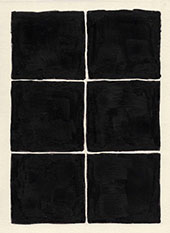 “It bears acknowledging that Drunken Boat 24 arrives in the wake of a substantial loss,” opens Nick Potter’s editorial to the comics section of the newest issue. “Amid the varied responses,” he writes, “I’ve noticed a subset of my friends on Facebook who have updated their profile pictures to a black square. In our increasingly globalized, increasingly visual culture, this act seems intuitive, marking absence, marking erasure, marking the digital equivalence of donning black in mourning, marking a kind of death. In comics, the filled-black panel has often been used as contextual shorthand for death—a kind of visual euphemism in the structural language of the form.”
“It bears acknowledging that Drunken Boat 24 arrives in the wake of a substantial loss,” opens Nick Potter’s editorial to the comics section of the newest issue. “Amid the varied responses,” he writes, “I’ve noticed a subset of my friends on Facebook who have updated their profile pictures to a black square. In our increasingly globalized, increasingly visual culture, this act seems intuitive, marking absence, marking erasure, marking the digital equivalence of donning black in mourning, marking a kind of death. In comics, the filled-black panel has often been used as contextual shorthand for death—a kind of visual euphemism in the structural language of the form.”
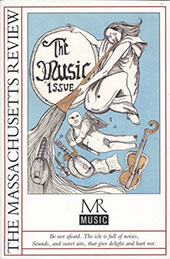 Executive Editor Jim Hicks opens the newest issue of
Executive Editor Jim Hicks opens the newest issue of 
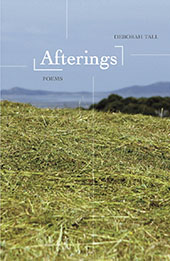 The fall 2016 issue of
The fall 2016 issue of 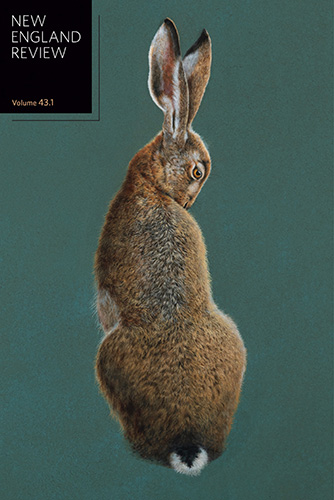 In its regular “Rediscoveries” section, the newest issue of Middlebury’s
In its regular “Rediscoveries” section, the newest issue of Middlebury’s  Editor Nathaniel Perry [pictured] of
Editor Nathaniel Perry [pictured] of  It may not seem that far a stretch for a literary journal published at Mississippi Valley State College to theme an issue on the Mississippi Delta, but indeed, since its inauguration in 2000,
It may not seem that far a stretch for a literary journal published at Mississippi Valley State College to theme an issue on the Mississippi Delta, but indeed, since its inauguration in 2000, 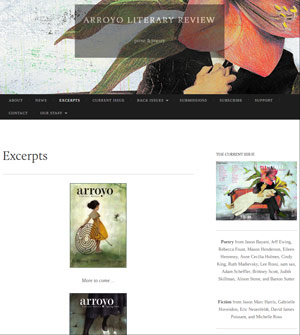 Arroyo Literary Review recently announced an exciting addition to their website. A new
Arroyo Literary Review recently announced an exciting addition to their website. A new 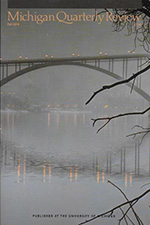 “Why our continuing attraction to Greece?” writes Keith Taylor in his introduction to the newest issue of
“Why our continuing attraction to Greece?” writes Keith Taylor in his introduction to the newest issue of 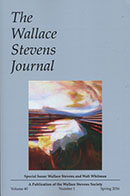 With its Fall 2016 issue,
With its Fall 2016 issue, 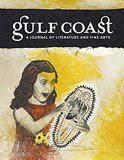 With their Winter/Spring 2017 issue,
With their Winter/Spring 2017 issue, 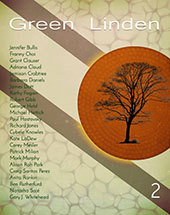 Buy a broadside; plant a tree.
Buy a broadside; plant a tree.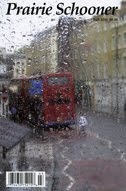
 Beginning January 2017, you will no longer see the familiar blue cover of
Beginning January 2017, you will no longer see the familiar blue cover of 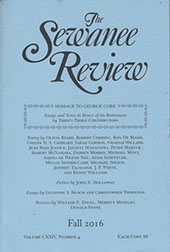 Author Adam Ross has assumed editorial responsibility for the publication and plans to roll out
Author Adam Ross has assumed editorial responsibility for the publication and plans to roll out  November 2016
November 2016 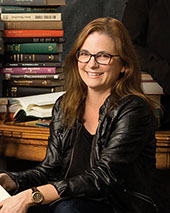 The November-December 2016 issue of
The November-December 2016 issue of 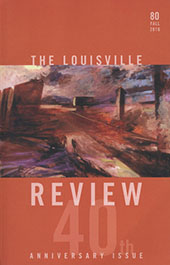
 The newest issue of
The newest issue of  “Heather is your friend. Heather is your girlfriend. Heather is your girlfriend’s girlfriend. Heather is leaning against the wall at your neighbor’s house party. Heather is next to you in bed, naked.”
“Heather is your friend. Heather is your girlfriend. Heather is your girlfriend’s girlfriend. Heather is leaning against the wall at your neighbor’s house party. Heather is next to you in bed, naked.” “Nobody wants to feel everything, just as nobody wants to read work by a writer who is emotionally incontinent. In real life, I may be strung out on anxiety, or aching from bad news, or jubilant, or missing someone I love. However, I know that my job is not to directly transmit those emotions to the reader. My job is to live my life, feel my feelings, and then learn to translate what I’m feeling without making it about me.”
“Nobody wants to feel everything, just as nobody wants to read work by a writer who is emotionally incontinent. In real life, I may be strung out on anxiety, or aching from bad news, or jubilant, or missing someone I love. However, I know that my job is not to directly transmit those emotions to the reader. My job is to live my life, feel my feelings, and then learn to translate what I’m feeling without making it about me.”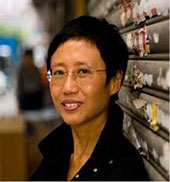 Issue 53 Fall 2016 of Brevity
Issue 53 Fall 2016 of Brevity 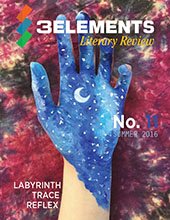 3Elements Review
3Elements Review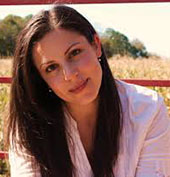
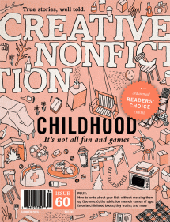 Continuing an annual tradition started three years ago,
Continuing an annual tradition started three years ago, 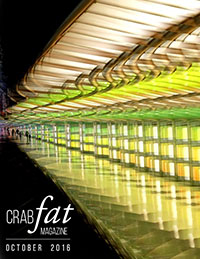 Photographer John Chavers’ kaleidoscope image is featured on the October 2016 online issue of
Photographer John Chavers’ kaleidoscope image is featured on the October 2016 online issue of 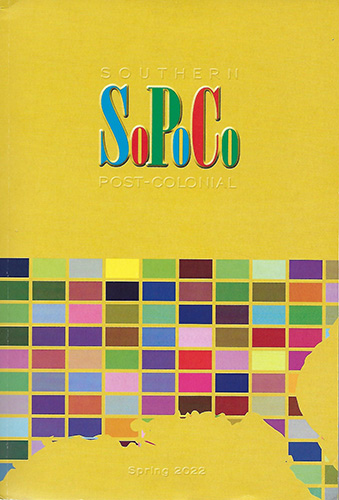
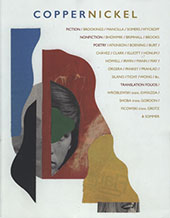
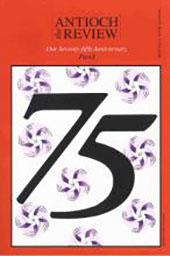
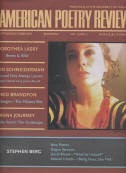 The American Poetry Review
The American Poetry Review  “On Writing” is a series of guest posts written by writers for the
“On Writing” is a series of guest posts written by writers for the 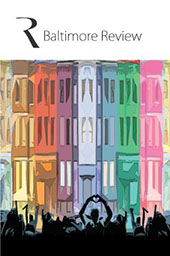 The annual print issue of
The annual print issue of  In addition to work by 17 poets that opens the issue,
In addition to work by 17 poets that opens the issue, 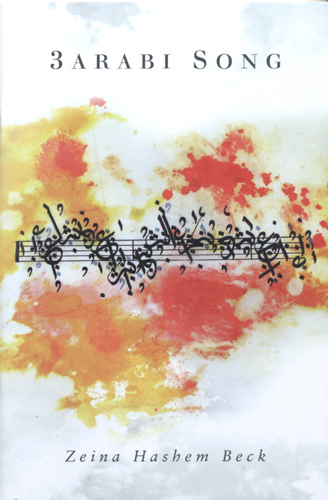 If anyone needs more encouragement to subscribe to your favorite literary magazines, Rattle’s latest issue to subscribers serves as a reminder.
If anyone needs more encouragement to subscribe to your favorite literary magazines, Rattle’s latest issue to subscribers serves as a reminder.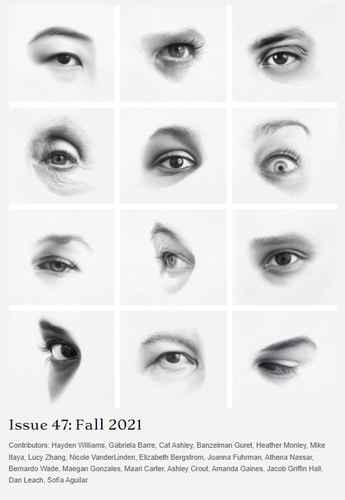 The newest issue of
The newest issue of  Eklund herself is a scholar of early modern literature and Associate Professor of English at Loyola University New Orleans. She has published articles and chapters in Shakespeare Studies and in essay collections on early modern literature. Her book Literature and Moral Economy in the Early Atlantic: Elegant Sufficiencies came out in 2015 with Ashgate Press, and she has a collection of essays, Groundwork: English Renaissance Literature and Soil Science, forthcoming from Duquesne University Press.
Eklund herself is a scholar of early modern literature and Associate Professor of English at Loyola University New Orleans. She has published articles and chapters in Shakespeare Studies and in essay collections on early modern literature. Her book Literature and Moral Economy in the Early Atlantic: Elegant Sufficiencies came out in 2015 with Ashgate Press, and she has a collection of essays, Groundwork: English Renaissance Literature and Soil Science, forthcoming from Duquesne University Press.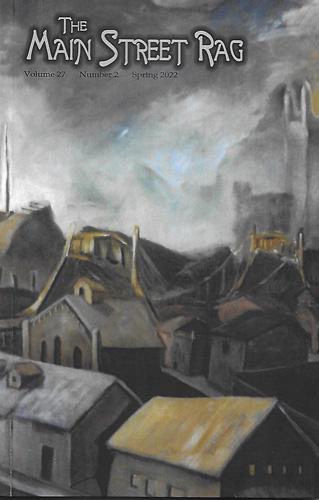 In his Welcome Readers Summer 2016 column, Editor M. Scott Douglass begins, “It may have gone unnoticed since we didn’t make a fuss about it, but
In his Welcome Readers Summer 2016 column, Editor M. Scott Douglass begins, “It may have gone unnoticed since we didn’t make a fuss about it, but  The Summer 2016 issue of
The Summer 2016 issue of 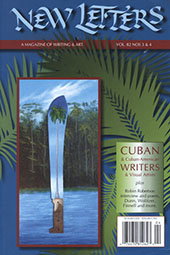 The newest issue of
The newest issue of  This week’s covers just say “summer” to me, starting with this Spring 2016 issue of
This week’s covers just say “summer” to me, starting with this Spring 2016 issue of 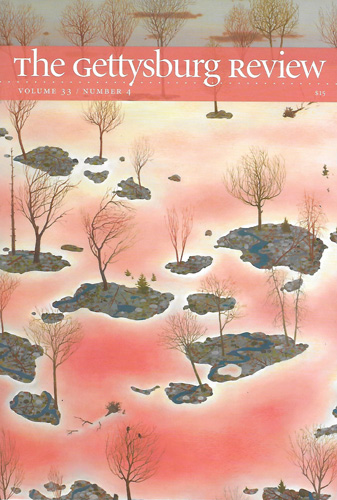
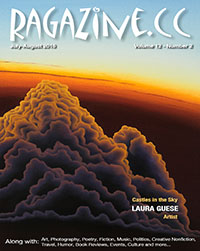 The online publication
The online publication 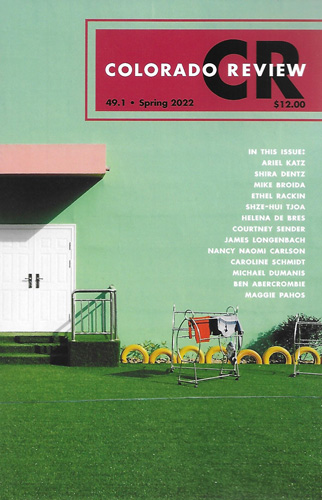 Irresistable:
Irresistable: 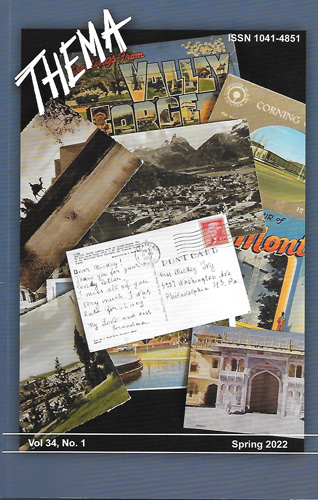
 Along with
Along with 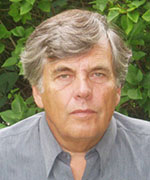 Valley Voices
Valley Voices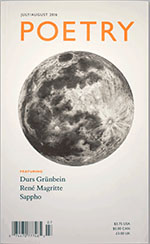 Well, this is a first for me in all the years I’ve been working with literary magazines. The July/August 2016 cover of
Well, this is a first for me in all the years I’ve been working with literary magazines. The July/August 2016 cover of 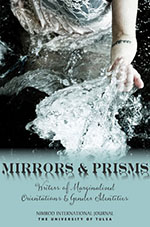 Mirrors & Prisms: Writers of Marginalized Orientations & Gender Identities is the title of
Mirrors & Prisms: Writers of Marginalized Orientations & Gender Identities is the title of  Issue #97 of
Issue #97 of